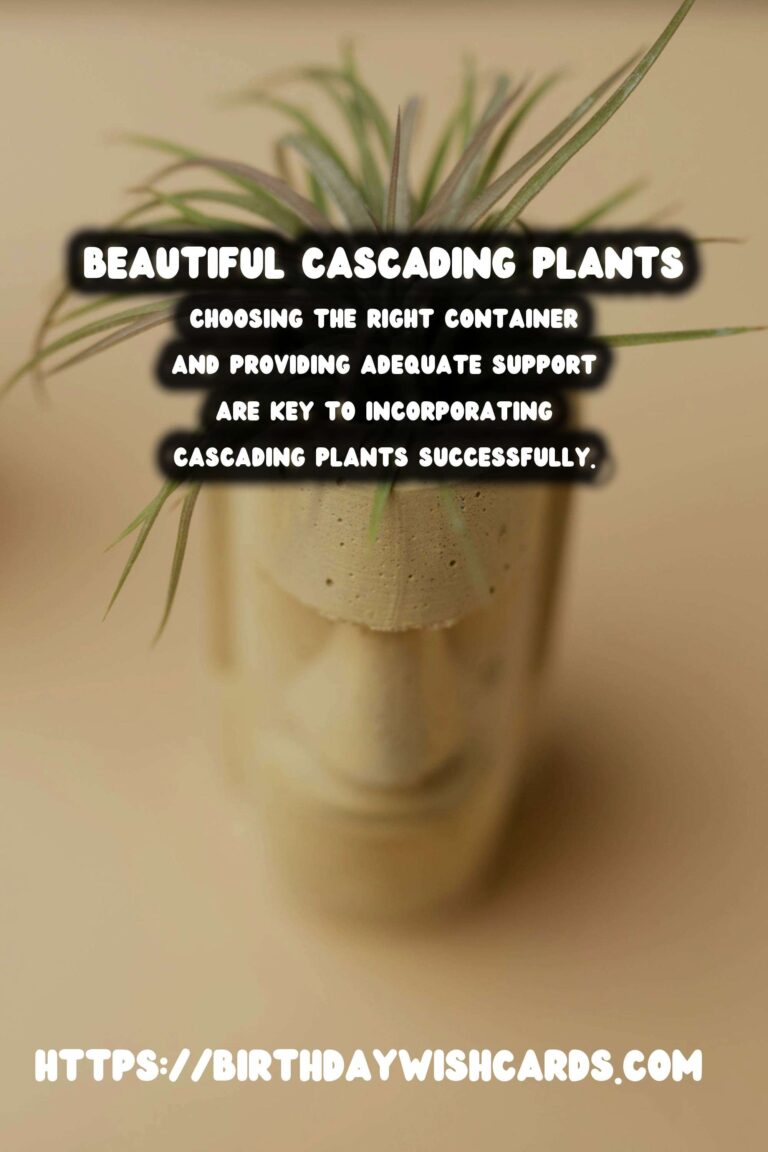
Decorating with plants has become an integral part of modern interior design, offering both aesthetic appeal and health benefits. Among the various ways to decorate with greenery, cascading plants stand out for their elegance and versatility. These plants can drape gracefully over shelves, hang from ceilings, or spill over pots to create lush, vibrant displays that add life to any room.
Why Choose Cascading Plants?
Cascading plants are ideal for adding visual interest to your home or office. Their trailing vines and lush foliage can soften hard edges, fill empty spaces, and create a sense of movement in your decor. These plants are also perfect for small spaces as they grow vertically, maximizing the use of available space without crowding the area.
Moreover, many cascading plants are easy to care for, making them suitable for both novice and experienced plant enthusiasts. They can thrive in various light conditions, from bright, indirect sunlight to low-light environments, depending on the species.
Top Cascading Plants for Indoor Decor
Pothos (Epipremnum aureum)
Pothos is one of the most popular cascading plants due to its adaptability and low maintenance needs. Its heart-shaped leaves can be found in a variety of colors, from deep green to bright, variegated patterns. Pothos can thrive in low light and requires minimal watering, making it an excellent choice for beginners.
String of Pearls (Senecio rowleyanus)
The String of Pearls plant is known for its unique, bead-like foliage that cascades beautifully from hanging baskets. This succulent prefers bright, indirect light and needs to be watered sparingly, as its fleshy leaves store water efficiently.
Spider Plant (Chlorophytum comosum)
Spider plants are known for their arching leaves and small, white flowers. They are highly tolerant of various light conditions and require only moderate watering. Spider plants also produce ‘babies’ or offshoots, which can be propagated to create new plants.
English Ivy (Hedera helix)
English Ivy is a classic choice for cascading foliage. Its lobed leaves and elegant vines can cover expansive spaces, making it ideal for topiary designs or as a living curtain. English Ivy thrives in moderate to bright light and prefers consistent moisture.
Tips for Incorporating Cascading Plants in Your Decor
When incorporating cascading plants into your decor, consider the following tips:
- Choose the right container: A stylish pot or hanging basket can enhance the visual appeal of your plant.
- Consider the light conditions: Select plants that will thrive in the available light of your chosen location.
- Provide adequate support: Ensure your plants have enough support to grow and cascade beautifully.
- Regular maintenance: Trim and prune your plants regularly to maintain their shape and encourage new growth.
By carefully selecting and arranging cascading plants, you can transform your living space into a lush, green oasis that promotes relaxation and well-being.
Decorating with plants offers both aesthetic appeal and health benefits. Cascading plants add visual interest and maximize space usage. Many cascading plants are easy to care for and thrive in various light conditions. Pothos, String of Pearls, Spider Plant, and English Ivy are popular cascading plants. Choosing the right container and providing adequate support are key to incorporating cascading plants successfully. 
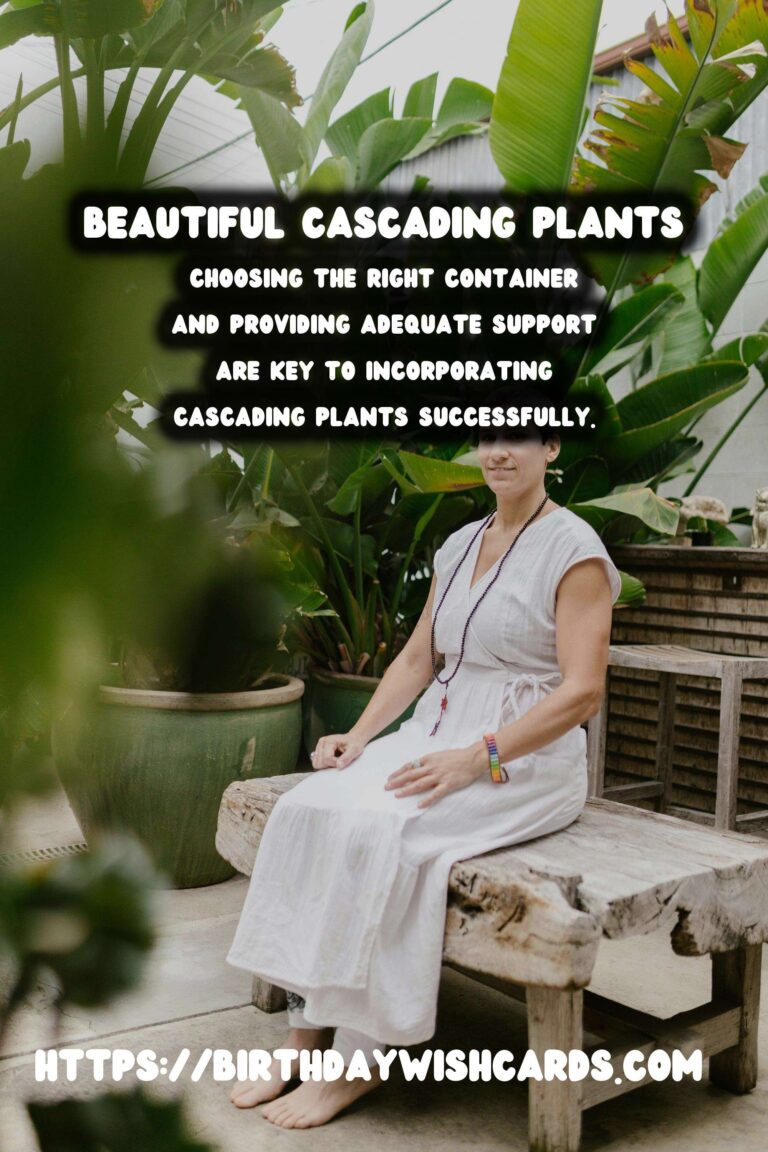
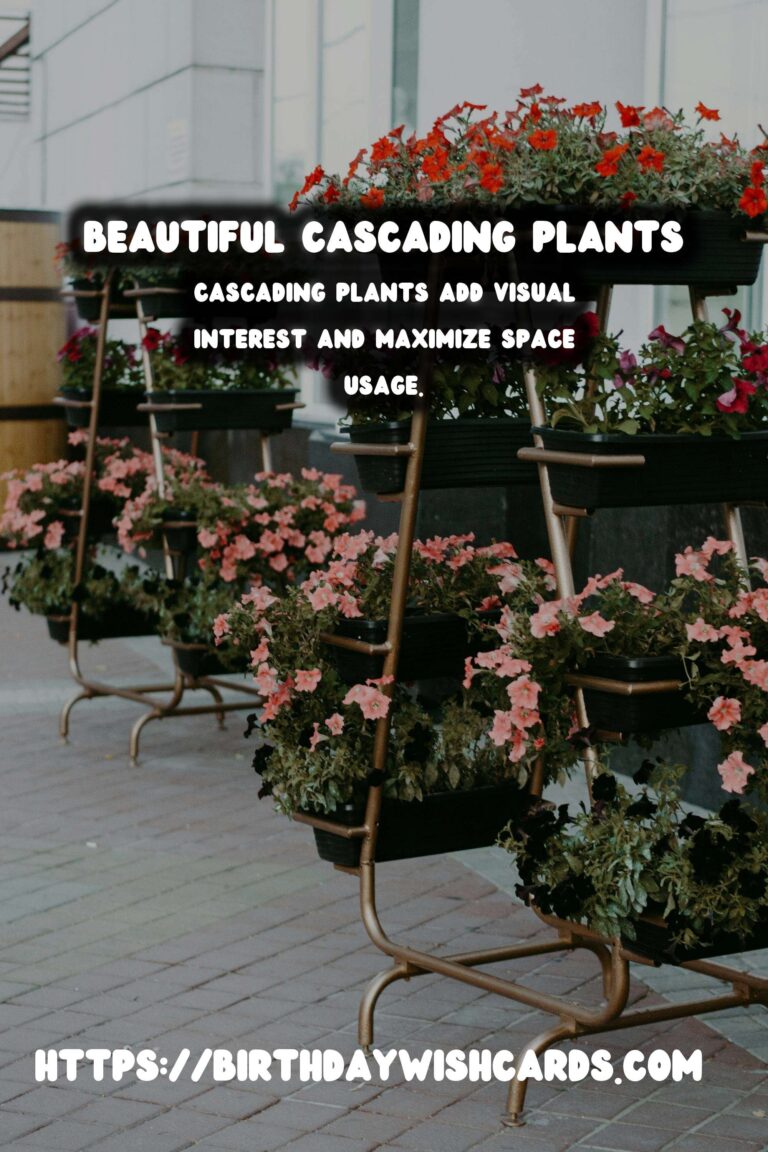
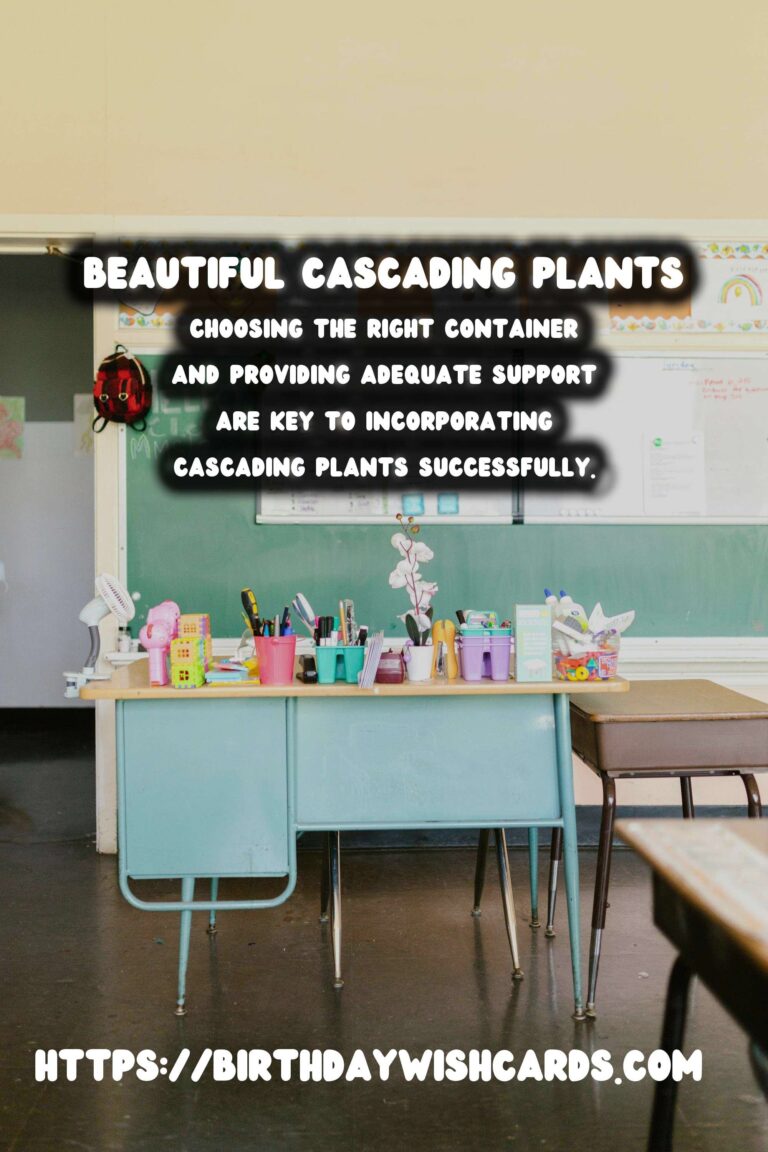
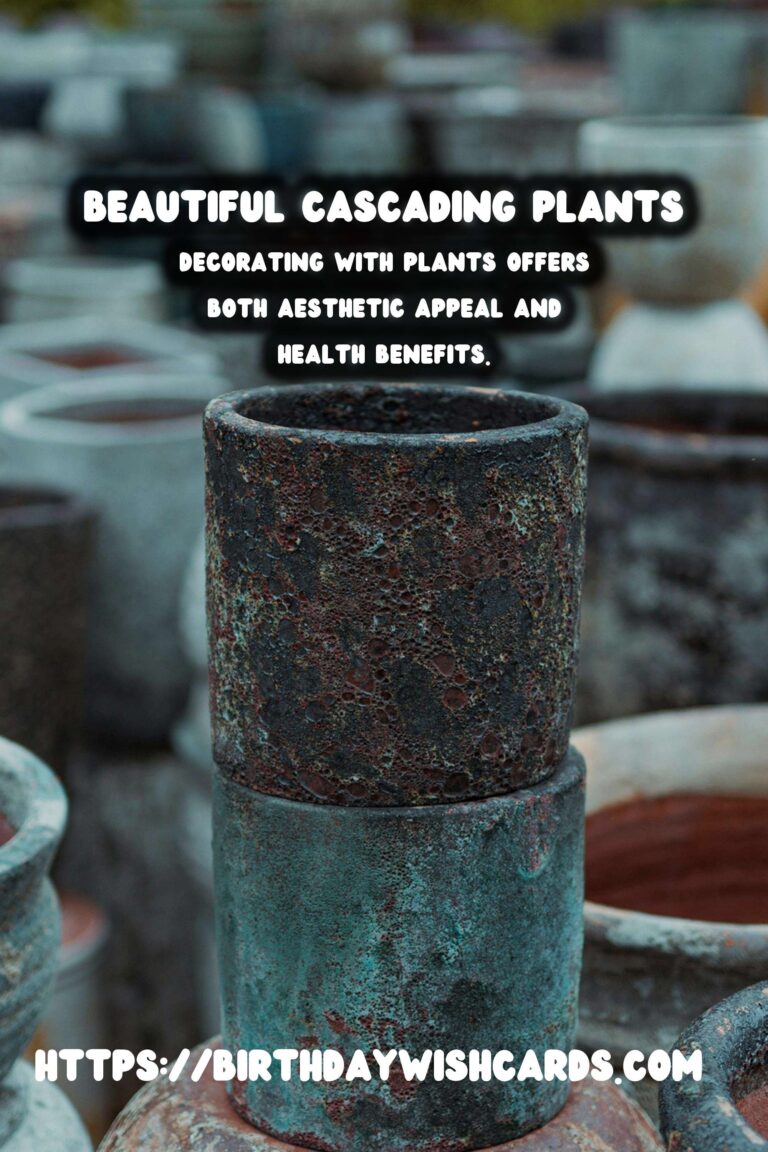
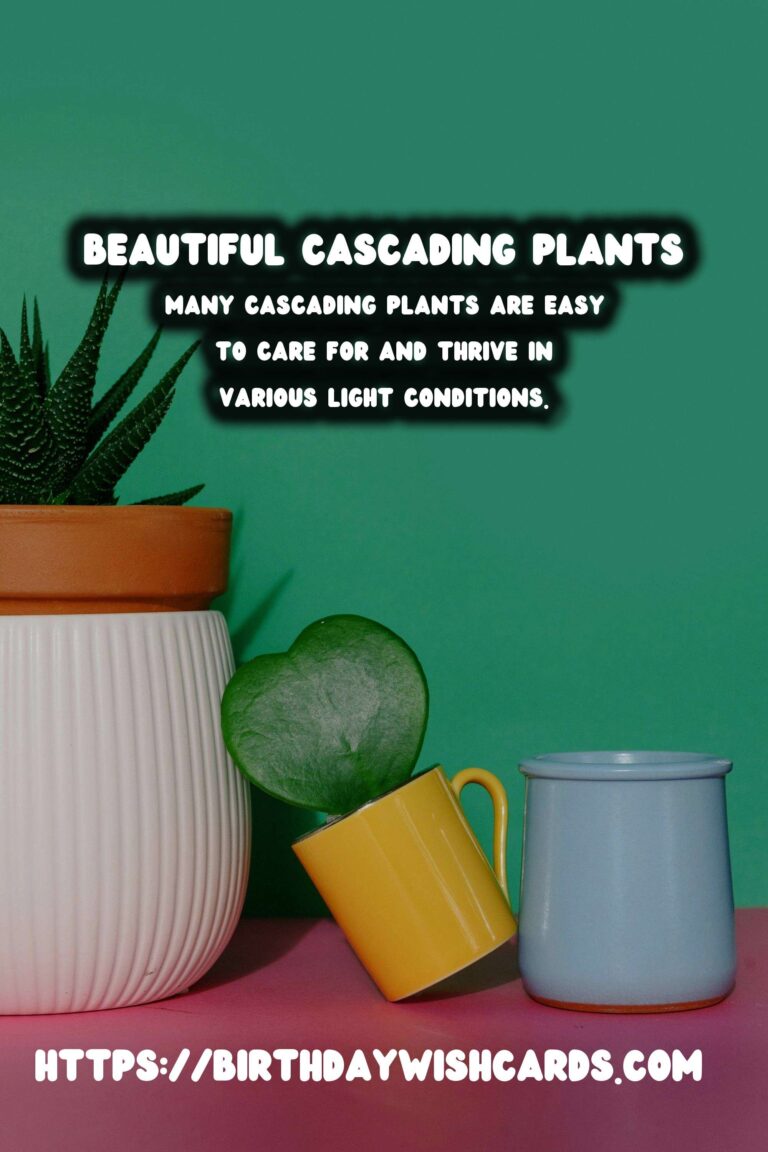
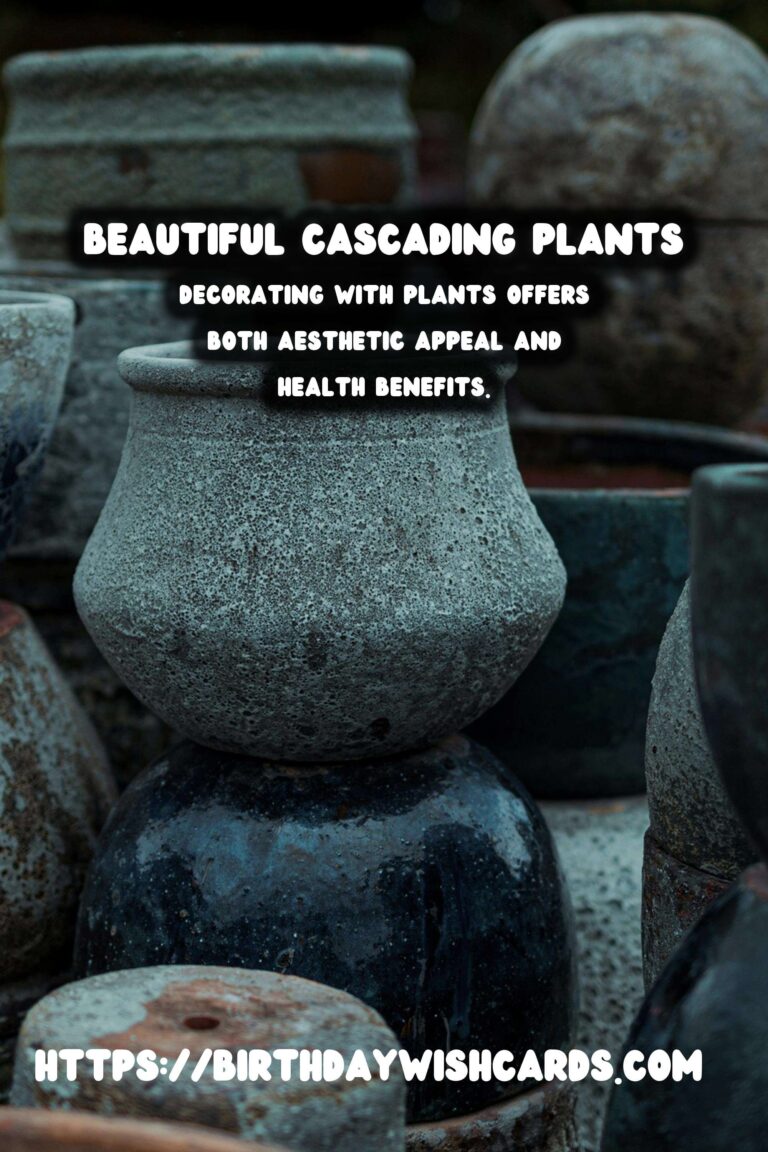
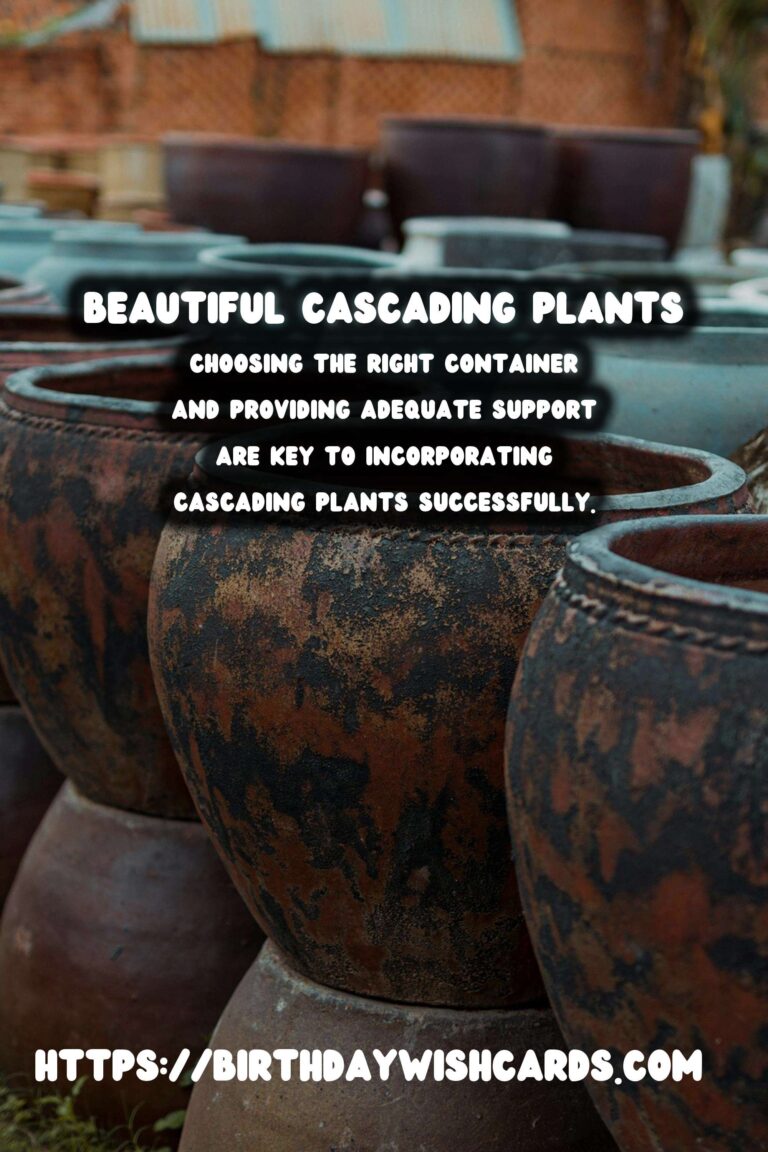
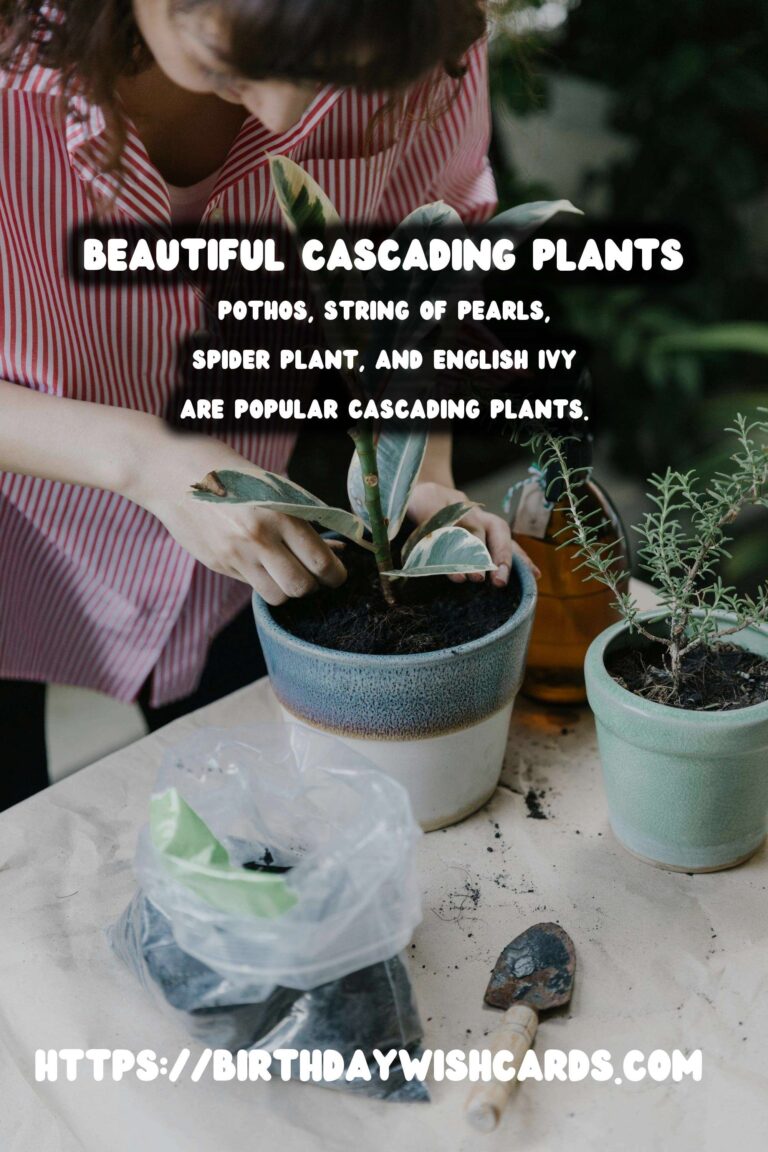

#CascadingPlants #InteriorDecor #IndoorGardening #HomeDecor #PlantLovers




